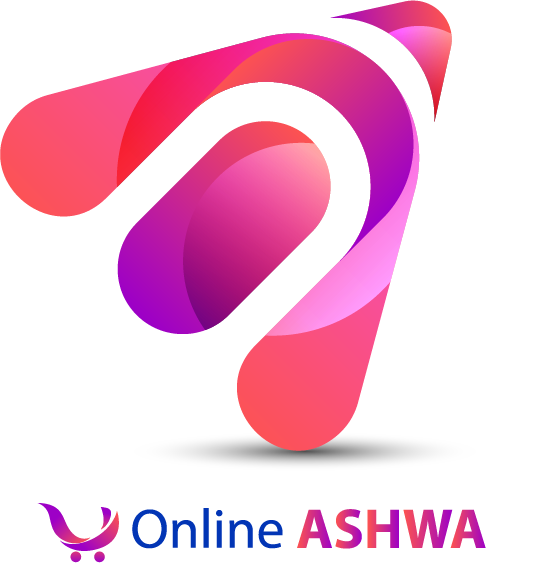
The business world has fundamentally shifted. With more people engaging online than ever before, the process of promoting a business has transformed into online marketing. Also known as digital or internet marketing, this discipline uses the internet and technology to connect with potential customers across diverse digital channels, replacing or augmenting traditional methods like billboards and print.
For marketers, the sheer variety of options—from social media to advanced analytics—requires a strategic approach. Online marketing is no longer optional; it is the core driver of growth, lead generation, and sales in the modern economy.
Digital Marketing Basics
At its core, online or digital marketing is the practice of promoting products and services through digital channels such as websites, search engines, social media, email, and mobile apps. It blends creativity, analytics, and technology to reach customers where they spend most of their time—online.
From understanding audience behaviour to crafting data-driven campaigns, mastering the basics of digital marketing sets the foundation for business success in today’s connected world.
Learn more about digital marketing fundamentals from HubSpot’s guidehttps://blog.hubspot.com/marketing/what-is-digital-m
Key Benefits: Why Online Marketing is Essential
Online marketing offers concrete advantages over traditional advertising, making it a critical investment for both small-to-medium businesses (SMBs) and large enterprises:
Cost Efficiency and High ROI: Strategies like content marketing are highly effective, often generating three times the leads while costing significantly less than traditional methods. Online marketing generally proves to be both more affordable and more effective.
Speed and Agility: Digital channels allow customers to act on messaging immediately, providing a quick turnaround on investment. Marketers can also deploy and adjust campaigns with unprecedented speed.
Targeted and Personalised Communication: Unlike broad traditional advertising, online platforms allow for precise audience segmentation and individualised messaging. This elegant personalisation delivers seamless, highly relevant experiences to each customer.
Superior Control and Measurement:
Businesses can set strict spending limits on ads (PPC), segment audiences, and distribute content on their own terms. Most importantly, every action—from a click to a conversion—is measurable, offering a greater degree of control and analytical depth.
Improved Customer Service: Modern shoppers expect near-immediate responses. Online channels like email, text, and chatbots enable rapid engagement, meeting customer expectations that traditional marketing cannot.
Competitive Advantage: Investing strategically in digital marketing allows a business to stand out in a crowded market, expanding its audience, boosting engagement, and driving higher sales volumes.
Diverse Channels: The Landscape of Online Marketing
The digital world is vast, and a successful strategy often integrates multiple channels, each serving a unique purpose in the customer journey:
Email Marketing
One of the most cost-effective channels, email marketing allows for direct communication. It is versatile, used to:
Position a brand as an authority through informative newsletters.
Drive immediate sales with promotional offers.
Recover lost revenue through retargeting or “abandoned basket” emails.
Paid Search (PPC)
Pay-Per-Click (PPC) advertising allows brands to pay for ads to appear in search results (like Google Ads) or on social platforms. It is immensely powerful for reaching an audience at a moment of high intent. Advertisers only pay when a user clicks the ad, but success requires careful management of budget, keyword targeting, and ad relevancy within the platform’s real-time auction system.
Search Engine Optimisation (SEO)
SEO focuses on increasing a website’s position in organic (unpaid) search results, driving zero-cost, relevant traffic. It is a long-term strategy built on three pillars:
Technical SEO: Site structure, speed, and crawlability.
Site Content: Developing high-quality, authoritative, and relevant information.
Off-page SEO: Building quality links to the content.
While free, SEO can take months to show results and requires specialised technical expertise.
Social Media Marketing
This involves promoting a brand across platforms like Facebook, Instagram, LinkedIn, and TikTok. A strong organic social strategy builds credibility and provides a platform for engagement. Its major positive is its vast global reach and the ability to target audiences very specifically, making it excellent for customer acquisition.
Content Marketing
At its core, content marketing is about developing and promoting content (blogs, guides, eBooks) that answers audience questions and helps them make informed decisions. It is more educational than direct advertising and works to position the brand as an expert, attracting consumers at various stages of the buying funnel.
Influencer Marketing
This strategy leverages experts or personalities in a niche to deliver a brand message to their established audience. It is invaluable for building credibility and awareness, but requires careful alignment between the brand’s, the influencer’s, and the audience’s values for authenticity.
Digital PR and Affiliate Marketing
Digital PR uses online tactics to secure content features on high-traffic websites, primarily focused on increasing brand awareness. Affiliate marketing is a low-risk, performance-based channel where a business pays third-party websites (affiliates) a commission only when a sale is successfully generated from their referral.
Strategizing for Success
Developing a winning online marketing strategy requires a foundation of clarity and analysis:
Define Your Proposition: Clearly articulate your Online Value Proposition—what you offer and why a customer should choose you over the competition. This message is the foundation of all subsequent campaigns.
Understand Your Audience: Define your target audience precisely. Creating buyer personas helps you understand their problems, their language, and which channels will be most effective for engaging them.
Review Historic Activity: Analyze past and current campaigns to avoid repeating mistakes and find successful formulas to build upon.
Optimize for Conversion: Ensure your website or app is optimized for success. Poor site performance can negate the effect of excellent marketing efforts. A/B testing can help improve conversion rates.
Define Success Metrics: Before launching, establish how you will measure performance. While overall Return on Ad Spend (ROAS) is a starting point, using a multi-touch attribution solution provides a truer indication of which specific channels are driving results.
For businesses aiming for sustainable growth, integrating these diverse, measurable channels is not just an advantage—it is the modern requirement for competitive marketing.
